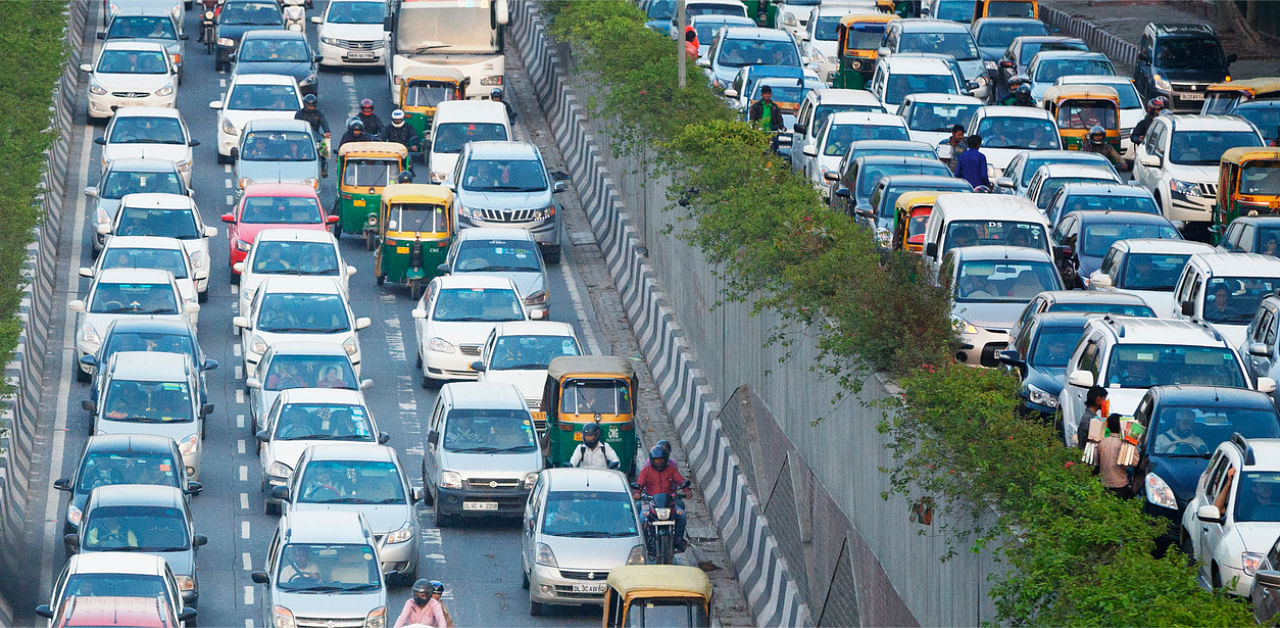
India’s manufacturing activity grew in August for the first time since the Covid-19 lockdown in March on the back of robust demand but companies continued to cut jobs.
The IHS Markit India Manufacturing Purchasing Managers’ Index (PMI) rose to 52 in August from 46 in July and signalled an improvement in operating conditions across the manufacturing sector following four consecutive months of contraction. A reading above 50 indicates growth, while below that is contraction.
The monthly automobile sales posted by major Indian companies too showed that demand is returning to the sector. The country’s largest car producer Maruti Suzuki said its sales in August rose 17% compared to the same period last year, to 1,24,624 vehicles. The second-largest car maker Hyundai Motors India reported a 20% jump in sales to 45,809 units and, Tata Motors, a whopping 154% leap.
Tractor manufacturer Escort Motors recorded an 80% growth in sales on the back of robust rural demand. Kia Motors, the 13-month-old company in India, also showed a 74% spike in sales.
August witnessed an increase in demand for most models, including customer enquiries and bookings. The country’s largest two-wheeler maker Hero MotoCorp reported an 8.52% increase in domestic sales.
The cheer came a day after the country reported a deep 24% decline in its gross domestic product year-on-year in the quarter ended June.
The GDP data had shown manufacturing in the June quarter had taken a big hit, contracting by nearly 40% and had entered recession after two consecutive quarters of decline.
But the PMI survey said factory production growth in August was largely driven by greater client demand for goods following the resumption of business operations. However, the decline in foreign exports weighed slightly on overall new orders as firms cited subdued demand conditions from abroad.
However, the employment scenario remained grim despite the expansion in new orders as companies struggled to find suitable workers.
“Despite an expansion in new orders, job shedding continued in the Indian manufacturing sector… the relocation of employees following Covid-19 was often linked to the reduction in staffing numbers. The pace of contraction in workforce numbers softened from that seen in July but remained strong overall,” the IHS said.
